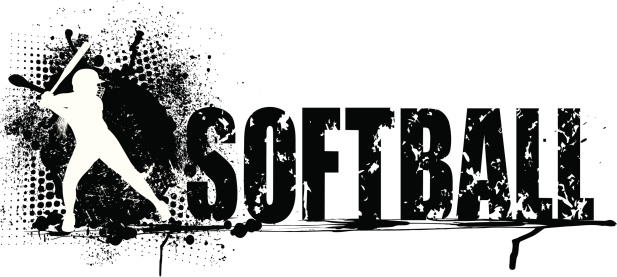When the ball is bunted back to the pitcher or popped up back to the pitcher when attempting to bunt, the catcher again must help the pitcher in determination which base to throw to as the catcher can see the runners while the pitcher probably cannot. On balls bunted directly out in front of the plate or down the line around the 10 foot mark, it becomes a judgment as to who fields the ball. Generally, it is the fielder who gets there first. The most important aspect of this play is communication between the various players to eliminate confusion and not get in each others way. Right handed pitchers will plant the right foot and throw to first base, while left-handed pitchers will have to make a pivot to their right to throw to first base.
On bunted balls to the third base side of the field, a right-handed pitcher will field the ball, make a complete pivot to their left to throw to second base, while a left-handed pitcher will field the ball and pivot to their right for a throw to second base. On bunted balls to the first base side of the field, a right-handed pitcher will field the ball, make a pivot to their left to throw to second base, while a left-handed pitcher will field the ball and make a complete pivot to their right to throw to second base.
On bunted balls to the first base side of the field with a throw to third, a right-handed pitcher will field the ball and make a complete pivot to their left to throw, while a left-handed pitcher will field the ball and make a pivot to their right. On bunted balls to the third base side of the field, a right-handed pitcher will field the ball and make a complete pivot to their left to throw, while a left-handed pitcher will field and make a pivot to their right to complete the throw.
